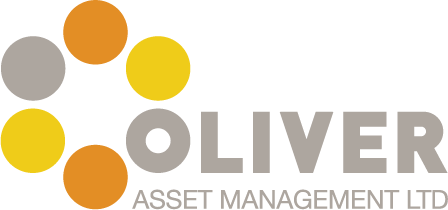It’s that time of year again.
Time for the slightly myopic review of what went right and wrong over the last 12 months and and hearty declaration of intent for the next twelve months.
Resolutions made, diets started, exercised commenced. Certain family members still ostracised for general bad Christmas behaviour.
It occurred to me that we do this every year in attempt to understand what has happened to us and how we can gain control over future events and live our lives with more certainty (and maybe stop certain things happening again in the future – waistline take note).
The constant dilemma of a species that craves certitude but exists in an uncertain and random world.
There will be many things that impact us all in the next 12 months and specifically in my field of financial planning, things I have some idea of but others I can’t begin to guess.
Given my complete belief that its impossible to try and control events, guess the future and predict events big and small with any certainty, it might seem strange to advocate as an essential the idea of planning for your financial future?
Well, blindly going along and having no idea how things might turn out is the same as Canute and the tide. The uncertainty and randomness will hit you anyway and if you have no preparations, a small wave may resemble a tsunami…
My 2013 resolution is to bring Antifragile financial planning to as many needy and deserving souls as I can.
In other words, (and please speak to me for an explanation of “Antifragile” if you haven’t read the book of the same name) a financial plan that is appropriate for your needs and goals now, can deal with future changes and volatility of many kinds and is flexible enough to deal with the stuff we didn’t expect.
A plan that allows things to happen and be absorbed with out blowing the whole thing up and to get you, your family and business to where you want to be.
I also don’t think it can necessarily be defined as doing “one thing” – cash flow modelling, a defined investment strategy and tax wrappers with cost controls are the component parts – but I think it more of a collective mind-set and planning philosophy.
In conjunction with this approach is a desire to understand our customers requirements better, provide a valued service for the long term is what we are striving to achieve.
We continue to review constantly what we do and how we do it, as we believe that accepting that changes will happen allows us to provide better financial planning and avoid the complete shock of the unexpected event.
On that note will 2013 turn out to be different to 2012?
In the way that it will still contain things we did or didn’t expect, changes we didn’t anticipate, benefits not yet defined, threats and opportunities, complete left-fielders, then probably not.
But it will be the things you can do and change in your own personal situation that will make the difference
Speak to us about putting you antifragile financial plan in place and it could be a great year.
Happy New Year
Roland Oliver – January 2013


 30+ years in financial services is certainly enough time to have seen a thing or two in the investment markets.
30+ years in financial services is certainly enough time to have seen a thing or two in the investment markets.
